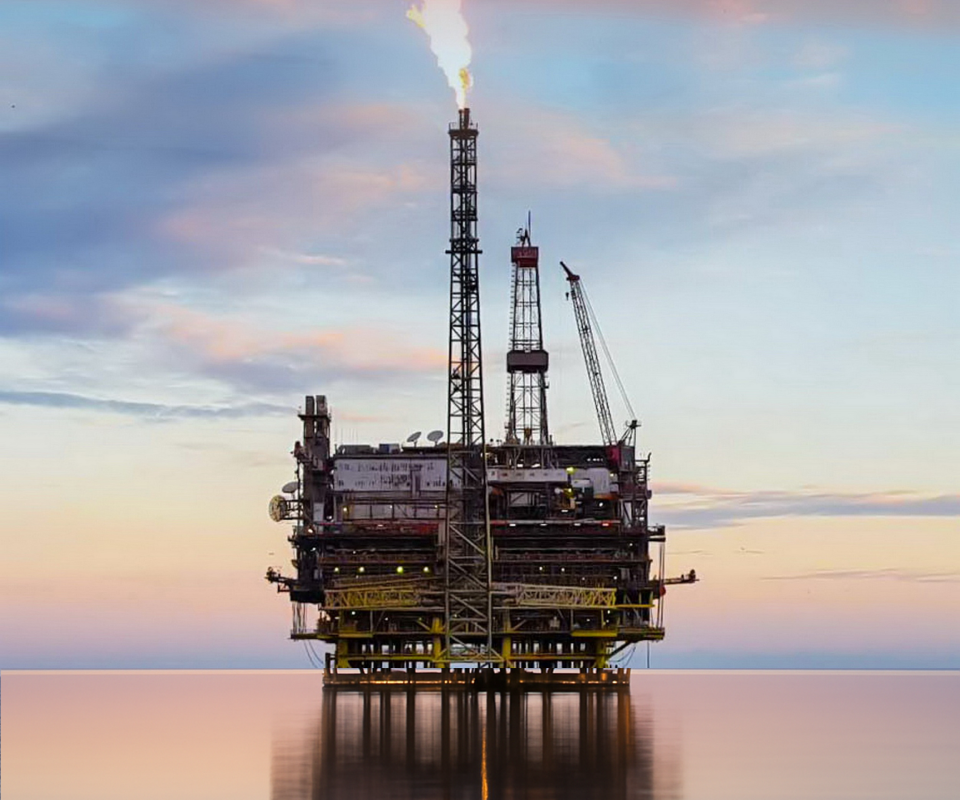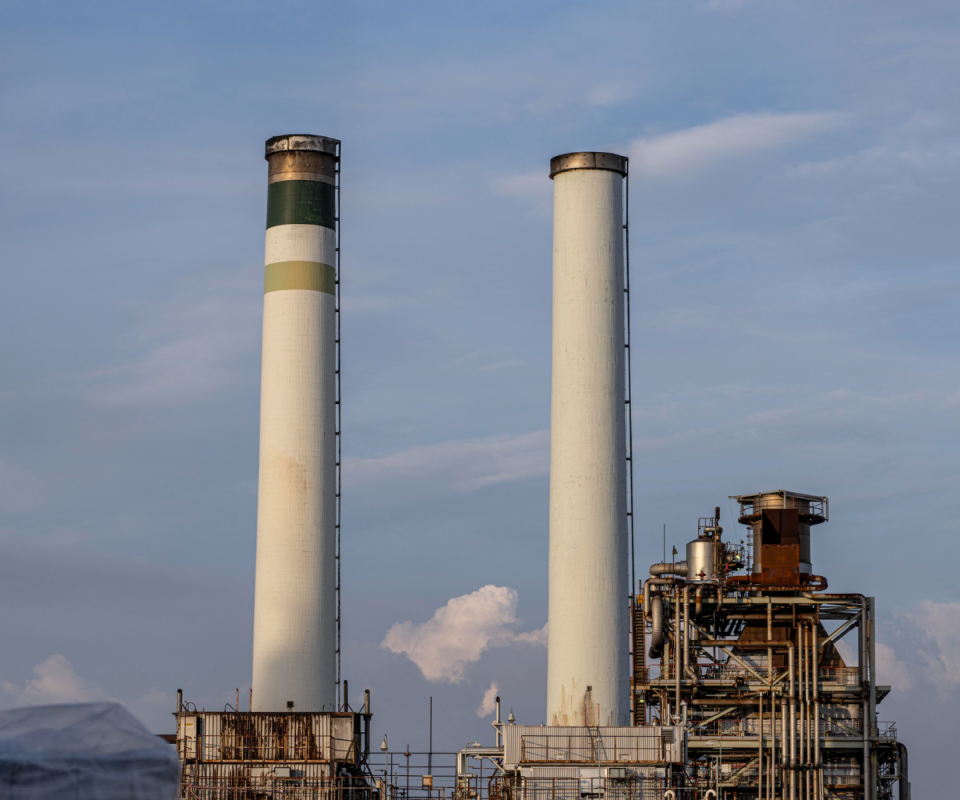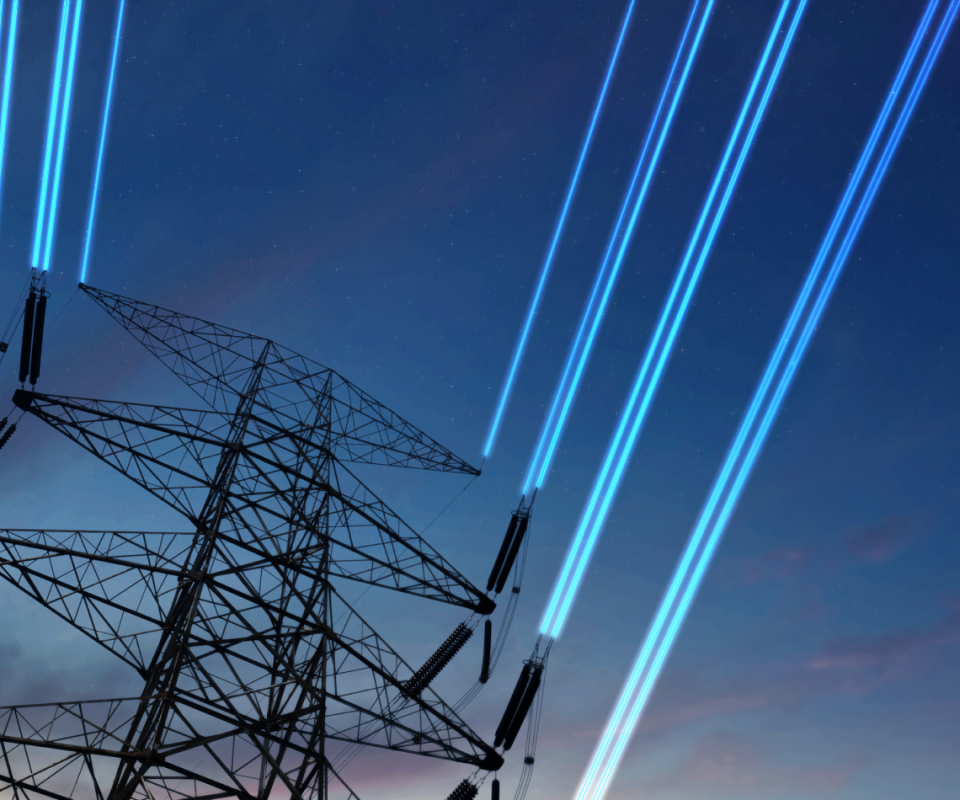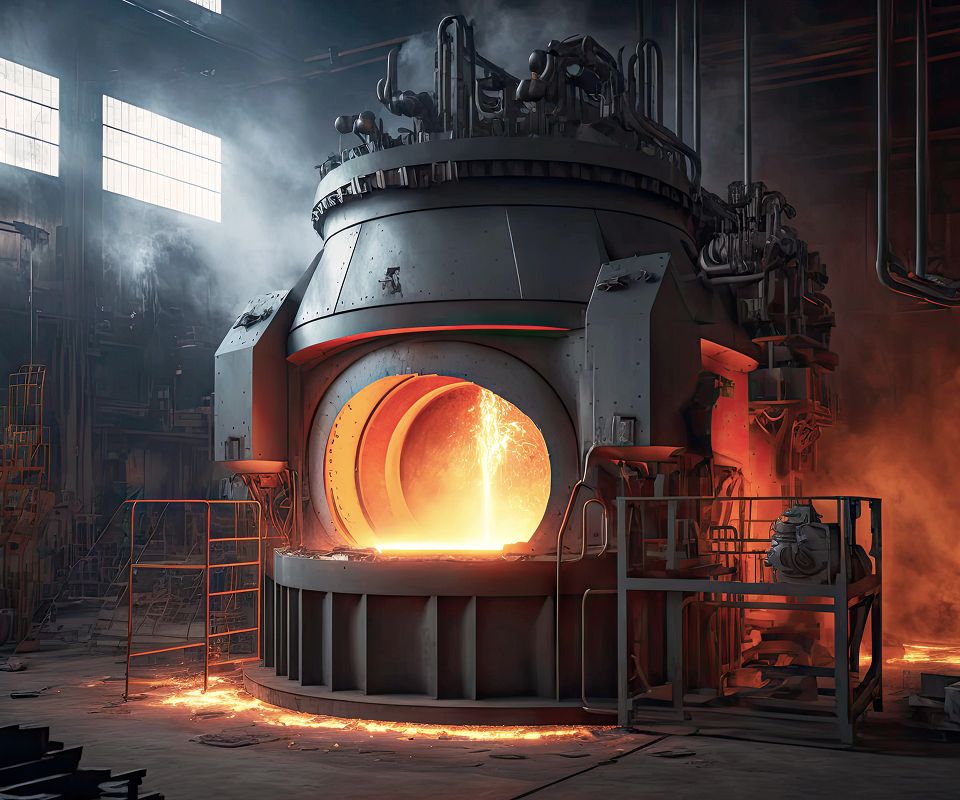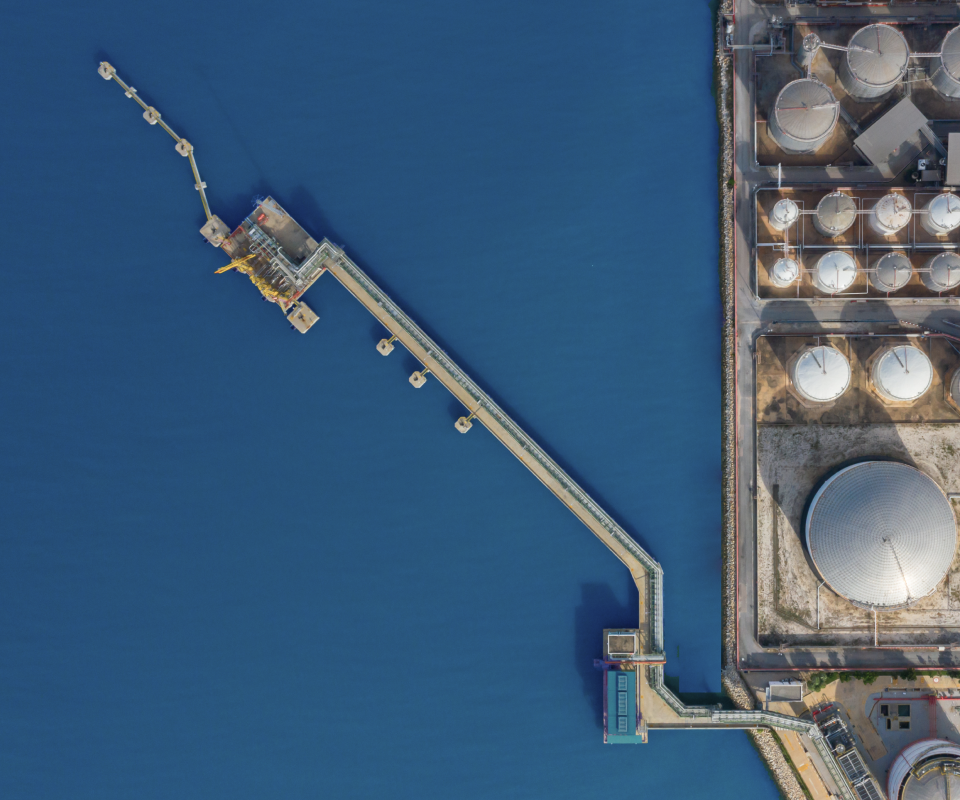Main Features and Advantages
- High flow Tongli
- Faster control valve testing and optimization function that balances the size of the starting and executing mechanisms, avoiding or reducing additional accessory requirements
- Optimized performance based on the size of the actuator (such as air circuit amplifier, fast exhaust, etc.)
- Avoid or reduce additional accessory requirements (such as air amplifiers, quick release, etc.) - with greater flow capacity than most other brands of locators on the market
- Easy to install and debug
- The characteristics of high-speed response are used in surge applications
- Accurate and reliable valve positioning
- Quick and convenient debugging steps
- Local or remote bidirectional communication settings
- Contactless position sensors or sturdy remote transmission installation methods that have been verified on-site
- Location feedback integrated with many DSC and asset management systems
- Universal design (for both linear and angular travel applications)
- Options for firmware on-site upgrade
- Explosion proof design of external display screen and operation buttons
- Universal labels ATEX, FM, FMc, IEC... NEPSI certification
- ValVue * communication software
- EDDL and DTM (Standard and Advanced) support
- Integration universality of digital communication and interface
- Industrial aluminum shell
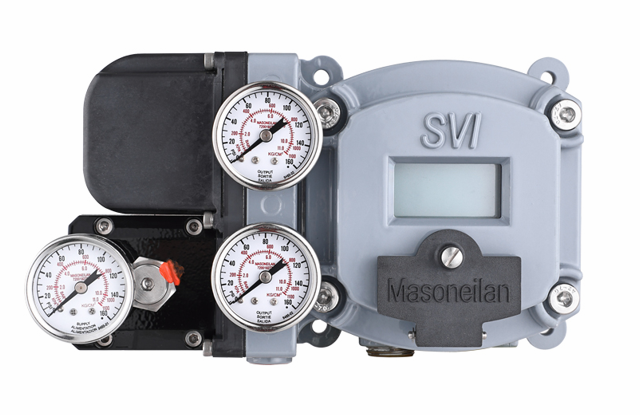
Technical Introduction
Control valve installation system:
- Material: Standard 300 stainless steel
- Valve form: - Straight stroke or angular stroke control valve
- Optional Remote Transmission - Remote Transmission Position Sensor Installation Package:
- Cable up to 30 meters (100 Feet)
- 2-inch pipeline installation bracket
Pneumatic part:
- Air or low sulfur natural gas - regulated and filtered
- Connection (gas source and actuator): 1/2 "NPT
Air pressure:
- Single action: 20 to 100 psi maximum (1.4 to 6.9 bar)
Attachment
(1) Before installation, check that the product model, tag number, and specifications match the requirements. Inspect the entire valve for missing or loose parts.
(2) Prior to installation, clean the pipeline. Ensure there is sufficient straight pipe section at the valve inlet and install a filter. When connecting the valve body to the pipeline flanges, ensure coaxiality.
(3) Thoroughly clean the pipeline before installing the valve.
(4) The installation site should ensure the safety of personnel and equipment, facilitating operation, disassembly, and maintenance.
(5) The valve should be installed vertically upright on horizontal pipelines. If necessary, it can be installed at an angle, but horizontal installation should be avoided. For occasions with heavy valve weight or vibration, use a support frame.
(6) The medium flow direction must align with the arrow on the valve body. The air supply should be dry and oil-free. The valve should be used in environments with temperatures ranging from -20℃ to 55℃.
(1) Cleaning the Valve: For general media, cleaning with water is sufficient. For media harmful to health, first understand their properties and then select an appropriate cleaning method.
(2) Disassembly: Remove rust from exposed rusted parts first. Before derusting, protect the machined surfaces of precision parts such as the valve seat, valve plug, valve stem, and push rod. Use special tools when disassembling the valve seat.
(3) Valve Seat: Minor rust or wear on the sealing surface can be repaired by machining. If damage is severe, replace the seat. However, both repaired and replaced hard sealing surfaces must be lapped.
(4) Valve Stem: If the surface is damaged, it must be replaced.
(5) Damage to Push Rod, Guide, and Sealing Surfaces: Reverse-acting actuators must be replaced; direct-acting actuators can be reused after proper repair.
(6) Compression Spring: If there are cracks or other defects affecting strength, replace it immediately.
(7) Wear Parts: Packing, gaskets, and O-rings must be replaced entirely during each maintenance. Check the valve plug and diaphragm for cracks, aging, or corrosion that may cause future failures. Decide whether to replace them based on inspection results, but the diaphragm service life should not exceed 2-3 years.
(8) When reassembling the valve, ensure alignment. Tighten bolts diagonally and lubricate sliding parts. After reassembly, debug the valve according to the factory test items and methods. During this period, accurately adjust the packing compression force and the valve plug closing position.
-
If the model has not been selected before ordering, please provide us with the operating parameters:
(1) Nominal diameter DN (mm);
(2) Nominal pressure (MPa or bar);
(3) Fluid properties (including medium temperature, viscosity, or acidity/alkalinity);
(4) Pressure before and after the valve (pressure differential);
(5) Requirements for flow characteristics;
(6) Materials of valve body and valve core;
(7) Connection type;
(8) Driving method (provide air supply pressure, driving voltage);
(9) Supporting accessories (for pneumatic valves, it is recommended that users install an air filter triplet and a 2-position 5-way solenoid valve);
(10) On-site working conditions. -
If the product model of our company has been selected by the design unit, please order directly from our production department according to the model;
-
When the application occasion is very important or the pipeline is relatively complex, please provide the design drawings and detailed parameters as much as possible, and our experts will review and check them for you.





